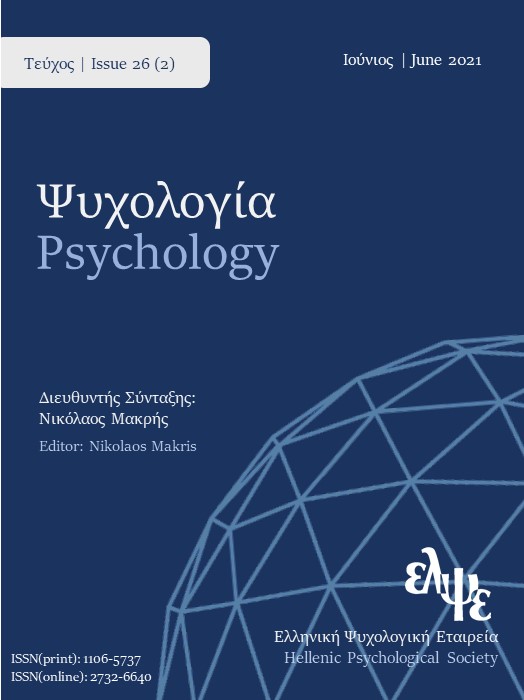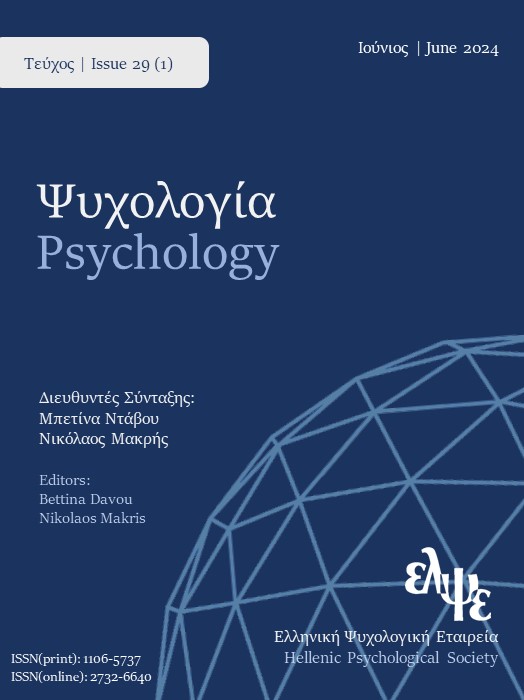The therapeutic relationship in systemic family and couple psychotherapy: different perspectives in development

Abstract
The relationship between therapist and client plays a central role in the quality and effectiveness of psychotherapy, independently from the therapeutic approach adopted by the therapist. The therapeutic relationship in the frame of Systemic Family and Couple Psychotherapy (SFCP), presents several peculiarities, especially when displayed in the "classical" therapeutic context of systemic psychotherapy, where complex and multifaceted relationships develop between therapists and family members, in front and through the one-way mirror, forming a network of "multiple bonds". Modern views on therapeutic relationship in SFCP have been influenced by the development of the "second order cybernetic", since the late 1980s, and the subsequent "linguistic shift", according to which the therapist, as a part of the therapeutic system, dialogues with family members, contributing to co-constructs new realities, as a therapeutic change cannot result from a didactic / guiding relationship. In this context, the emotions and feelings of the members of the therapeutic system come to the fore, whilst the issue of clients’ resistance to the treatment process is completely redefined. The research regarding the therapeutic relationship in the systemic approach, using both quantitative and qualitative methods, focused on a variety of dimensions, e.g., the impact of the session context and the used techniques, the degree of empathy between therapists and clients, and the therapeutic alliance that develops between them. In more recent years, the provision of mental health services using digital practices raised new challenges and concerns regarding the development of the therapeutic relationship in the new conditions of cooperation between therapist(s) and client(s) in online settings.
Article Details
- How to Cite
-
Pomini, V. (2021). The therapeutic relationship in systemic family and couple psychotherapy: different perspectives in development. Psychology: The Journal of the Hellenic Psychological Society, 26(2), 110–126. https://doi.org/10.12681/psy_hps.26864
- Section
- SPECIAL SECTION

This work is licensed under a Creative Commons Attribution-ShareAlike 4.0 International License.
The journal PSYCHOLOGY adopts a Platinum open-access policy. Submission, processing or publication costs are waived by the Hellenic Psychological Society. Papers published in the journal PSYCHOLOGY are licensed under a 'Creative Commons Attribution-ShareAlike 4.0 International' licence. The authors reserve the copyright of their work and grant the journal the right of its first publication. Third-party licensees are allowed to use the published paper immediately after publication as they wish, provided they retain the defined by the license copyright formalities, regarding the reference to its author(s) and its initial publication in the journal PSYCHOLOGY. Moreover, any adjusted work should be shared under the same reuse rights, so with the same CC license.



